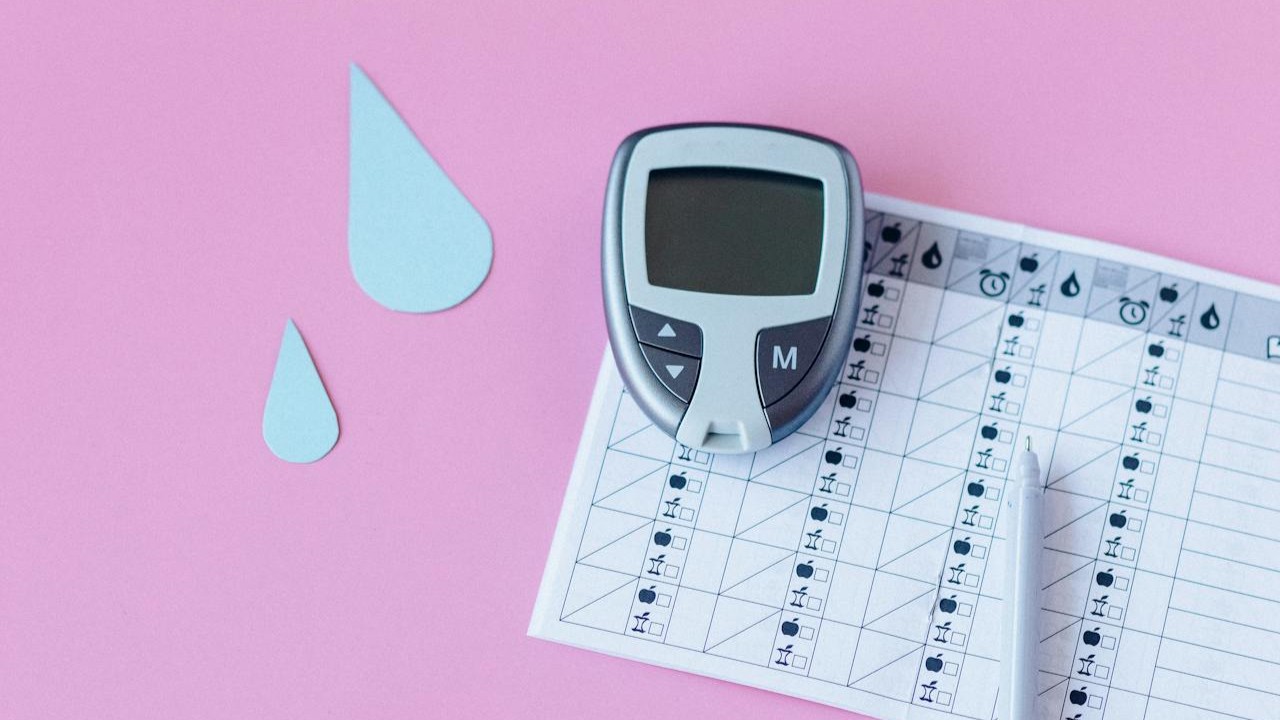Introduction
The focus here is on devices: what types exist, how they measure, what they deliver in everyday use, and how to use them safely with data minimisation. The text is brand-neutral and aligns with reliable fundamentals and guidelines.
Device overview & goals
Ovulation trackers can be grouped into four classes. Depending on your goal, systems vary in how suitable they are.
- Urine hormone tests (OTKs, readers): predict ovulation roughly 12–36 hours in advance via LH, sometimes also E3G or PDG.
- BBT wearables and patches (arm, axilla, ear): confirm ovulation via overnight/basal temperature.
- Vaginal sensors and rings: continuous measurement close to the body’s core for dense curves and reliable confirmation.
- Apps and symptothermal systems: rules-based interpretation of temperature, mucus and test inputs without extra hardware.
A clear goal matters: those wanting to plan benefit from a forward-looking signal such as LH. Those wanting to understand patterns or confirm ovulation should lean on temperature trends. Basics on natural methods: NHS.
Urine hormone tests (LH/E3G/PDG)
Measurement principle and hardware
Tests detect the LH surge in urine. Digital systems additionally capture oestradiol and progesterone metabolites. Readers and apps display curves and support interpretation.
Strengths
- Concrete prediction window with direct action relevance.
- Widely available with a low barrier to entry.
Limits and use
- Ongoing costs for strips; testing days should match cycle length.
- Special patterns such as PCOS can complicate interpretation.
On the benefit of timed intercourse supported by tests: Cochrane. Clinical work-up: NICE CG156.
BBT wearables & patches
Measurement principle and hardware
Sensors on the arm, in the axilla or ear capture temperature during sleep. From this, a basal or sleep-temperature curve is derived.
Strengths
- Automated capture without a morning measuring routine.
- Good confirmation of ovulation and overview of cycle patterns.
Limits and use
- Sensitive to disruption from poor sleep, fever, alcohol, jet lag or shift work.
- Prediction before ovulation is limited; a learning phase over several cycles helps.
Notes on natural methods: NHS.
Vaginal sensors & rings
Measurement principle and hardware
Intravaginal sensors measure continuously near the body core (core temperature) or electrical conductivity. The measuring environment is more stable than on the skin. They are worn overnight or continuously with regular synchronisation.
Strengths
- Dense time series and reliable ovulation confirmation.
- Well suited to characterising cycles, e.g. luteal phase length.
Limits and use
- Higher upfront cost and requirements around comfort and hygiene.
- Advance prediction remains limited; emphasis is on confirmation and trends.
Apps & symptothermal systems
Measurement principle and hardware
Apps process inputs on temperature, cervical mucus and test results according to defined rules and indicate fertile days or confirmations.
Strengths and limits
- Low cost, good overview, flexible to combine with tests.
- Quality depends on correct observation and consistent data entry.
More information: NHS.
Consumer wearables
General health wearables provide temperature and sleep data but are not specialised ovulation devices. For prediction, LH testing remains the leader; for confirmation and trends, specialised temperature trackers have the edge.
Comparison: tech, prediction, effort
| Device class | Signal/technique | Prediction or confirmation | Effort and care | Typical use |
|---|---|---|---|---|
| Urine hormone tests | LH, sometimes E3G/PDG with optical readers | Prediction 12–36 hours | Strip management, good timing | Active timing of intercourse or ICI |
| BBT wearables/patches | Basal or sleep temperature | Confirmation and trends | Worn overnight; charging or patch changes | Cycle understanding, luteal phase |
| Vaginal sensors/rings | Core temperature or conductivity | Confirmation and dense curves | Insertion, cleaning, comfort | Detailed analysis, unclear patterns |
| Apps without hardware | Rules and algorithm logic | Depends on inputs | Consistent documentation required | Low-cost entry |
On the benefit of test-supported timing: Cochrane. Fundamentals: NHS. Clinical orientation: NICE, plus ACOG.
Accuracy & evidence
The best-supported benefit for timing is with LH tests. Temperature-based devices confirm ovulation reliably in retrospect and reveal patterns, but are sensitive to everyday factors. Cervical and impedance approaches provide earlier hints, but the evidence base is more mixed. For evaluation of cycle disturbances or further symptoms: NICE CG156; patient information: ACOG and NHS.
Use, care & hygiene
Set-up and learning phase
- Measure across several cycles to recognise reliable patterns.
- Choose consistent measuring times or track overnight.
Device care
- Clean vaginal sensors according to the instructions and dry fully.
- Change or charge patches and wearables regularly; keep skin dry.
- Place thermometers correctly and measure for long enough.
Avoiding errors
- Log fever, alcohol, shift work and short nights.
- Start OTKs in good time aligned to cycle length.
Further notes on safe use of natural methods: NHS.
Data protection, export & interoperability
Health data are sensitive. Look for clear consents, specific purposes, data minimisation and encrypted processing. Export functions as CSV or PDF are useful for clinical appointments. Optional links to iOS HealthKit or Android Health Connect should only happen with explicit consent and, where possible, be processed locally.
Conclusion
Choose the device to match the goal. Urine hormone tests support short-term prediction; temperature-based wearables and vaginal sensors provide confirmation and show trends. Apps add a low-cost layer. If you allow a few cycles to learn, account for disruptive factors and take data protection seriously, ovulation tracking becomes reliable and everyday-friendly.

